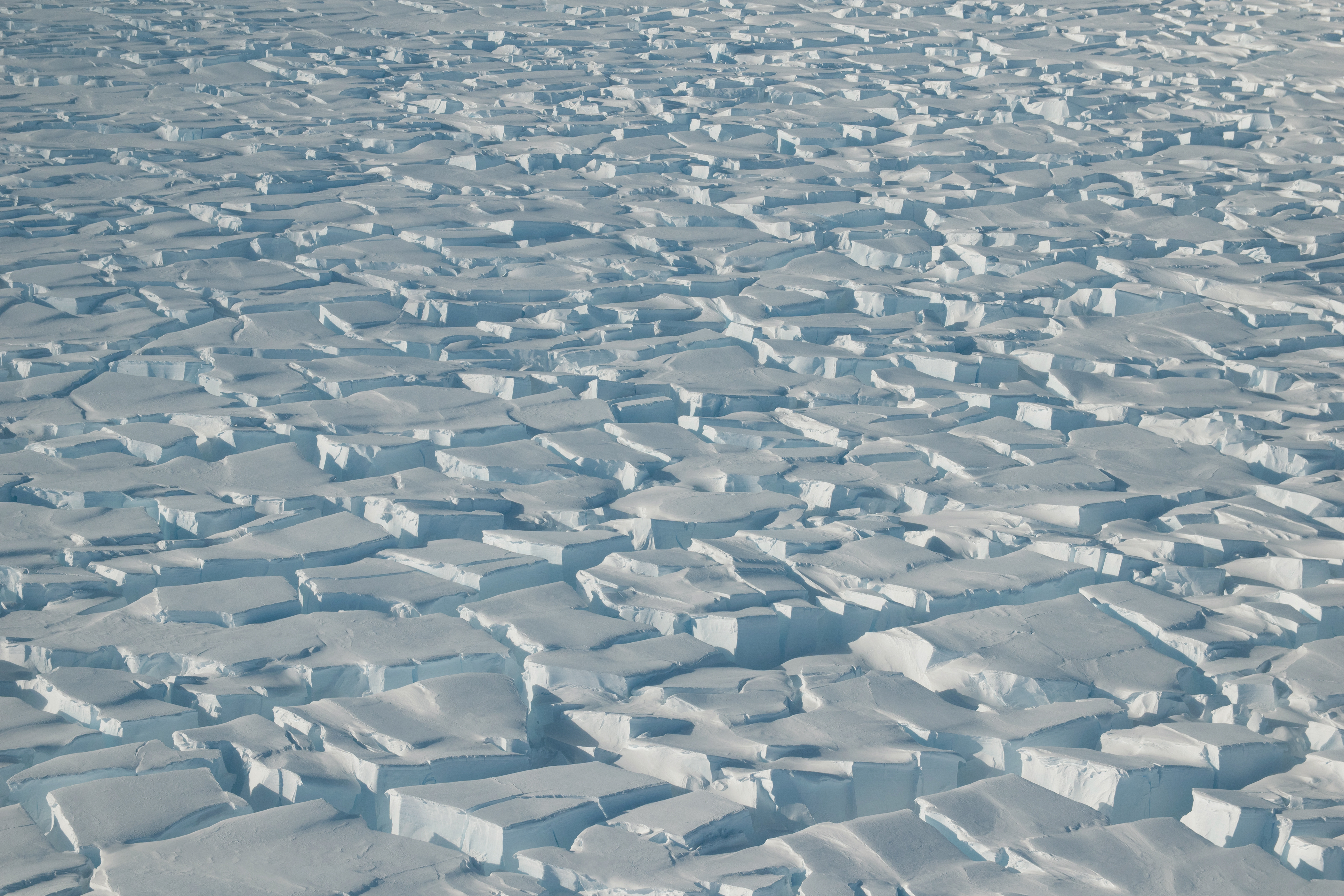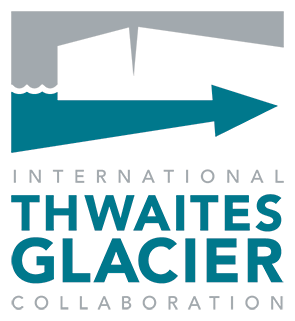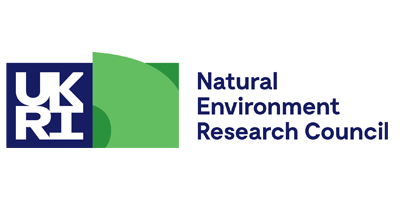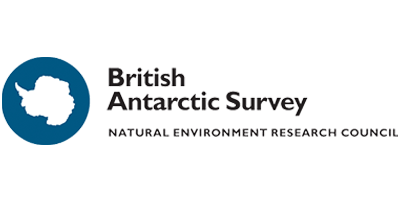Press release from the ITGC
November 13, 2019: For immediate release

Nearly 100 scientists and support staff depart this week (13 November 2019) for the most ambitious mission to date for Thwaites Glacier in West Antarctica. In the second year of the International Thwaites Glacier Collaboration (ITGC), researchers from the United States (U.S.) and United Kingdom (U.K.) will work in one of the most remote and inhospitable areas on Earth. It’s a five-year quest to understand the glacier and surrounding ocean system and its future contribution to global sea level.
Thwaites Glacier, covering 192,000 square kilometers (74,000 square miles)—an area the size of Florida or Great Britain—is particularly susceptible to climate and ocean changes. Over the past 30 years, the amount of ice flowing out of the region has nearly doubled. Computer models show that over the next several decades, the glacier may lose ice even more rapidly, as ice retreat progresses. Already, ice draining from Thwaites into the Amundsen Sea accounts for about four percent of global sea level rise. A run-away collapse of the glacier would lead to a significant increase in sea levels of around 65cm (25 inches) over the coming centuries.
Professor David Vaughan, Director of Science at British Antarctic Survey and lead scientific coordinator for the ITGC in the U.K. says:
“I’ve been working in Antarctica for over 30 years and for many years we’ve known that Thwaites Glacier holds the key to a much better understanding of sea-level rise. This is our first chance to get a deeper understanding of this unknown yet important glacier.
“Due to its remoteness, fewer than 100 people have ever set foot on Thwaites Glacier. So what we’re planning is hugely ambitious and challenging. This joint U.K./U.S. effort will make a real difference to our ability to provide governments with the right information for policy and business actions that will help protect coastal cities, ecosystems and vulnerable communities in the future.”
Thwaites Glacier is extremely remote; the study sites on the glacier are more than 1,600 kilometers (around 1000 miles) away from both the U.K.’s British Antarctic Survey (BAS) Rothera Research Station and the U.S. Antarctic Program’s (USAP) McMurdo Station. Getting scientists and support staff to the field sites involves transferring people and equipment through multiple camps as staging bases using caravans pulled by giant tractors and several different types of aircraft fitted with skis for landing on the snow.
The ITGC research teams are departing for Antarctica this week (13 November) with fieldwork taking place until March 2020. Most researchers will travel through the U.S. McMurdo research station, and then eastward to camps located near the Antarctic coast.
This austral summer is the second of four field seasons. Five of ITGC’s eight research projects will be deployed in Antarctica focusing on different aspects of the glacier and its environment. This season’s expeditions will undertake work for several ITGC projects: Geological History Constraints on the Magnitude of Grounding-Line Retreat in the Thwaites Glacier System (GHC), Thwaites-Amundsen Regional Survey and Network Integrating Atmosphere-Ice-Ocean Processes (TARSAN), Melting at Thwaites grounding zone and its control on sea level (MELT), Thwaites Interdisciplinary Margin Evolution—The Role of Shear Margin Dynamics in the Future Evolution of Thwaites Drainage Basin (TIME) and Thwaites Offshore Research (THOR).
Teams will be staged at an existing camp on the ice called West Antarctic Ice Sheet Divide (WAIS Divide) while equipment is moved and surveys of surface conditions on Thwaites Glacier are conducted in late November. Moving from WAIS Divide to six smaller research camps will allow scientists to use a range of methods to investigate the region. The MELT team comprising glaciologists and engineers will use hot water jets to drill through the ice at several sites, allowing them to deploy a suite of instruments, including the robotic ICEFIN, to look at how the glacier interacts with the ocean and the underlying sediments. MELT and TARSAN will survey the region using ice-penetrating radar and active seismic profiles. TARSAN will also use hot water jets to drill through the ice. They are deploying multisensory stations called AMIGOS to study the ocean circulation underneath the floating ice shelf and the weather patterns to study the environmental factors that influence the structural stability ice shelf. MELT and TARSAN will survey each region using ice-penetrating radar and active seismic profiles which provide key information on the shape of the ice and the ocean basin. A THOR researcher plans to retrieve sediment cores from beneath the ice through the holes drilled by the MELT and TARSAN teams.
Two teams representing the project GHC will be based in the Hudson Mountains and at Mt Murphy, where they’ll collect rocks and use radar to collect data on past ice surface elevation changes. The team in the Hudson Mountains will identify suitable sites for subglacial bedrock drilling to take place the following season. The Mt Murphy team will use radar and drill through the ice to collect rock samples that are still covered by the ice sheet. A team representing TIME will be based at the Eastern Shear Margin inland from the coast, where they will use radar and passive seismics to survey the bed under the glacier at its eastern border.
In late January, a research cruise will set off from Chile on USAP’s Nathaniel B. Palmer, a U.S. icebreaker bound for the Amundsen Sea, remaining in the area until March 2020. The expedition will support the THOR and TARSAN projects, which will survey and collect sediment cores from the seabed and tag seals to acquire ocean current and temperature data. The scientists will not set foot on the glacier itself, but rather will study the output of the glacier and the ocean that it flows into—the sediments it drops to the ocean floor, the water temperatures under the glacier and more—in order to reconstruct the history of glacier changes in the area and to improve the reliability of the ice sheet models that are used to predict future sea level change.
“This is going to challenge our logistics and science effort in every way,” said Ted Scambos, senior research scientist at the Cooperative Institute for Research in Environmental Sciences (CIRES) at the University of Colorado Boulder and lead scientific coordinator for the U.S. “It’s a long way out there, it’s a huge project, the weather is notoriously bad and we’re aiming for some real innovative work. This is going to take the best effort of both nations, and a lot of teamwork.”
ITGC is a five-year, $50 million joint U.S. and U.K. mission to learn more about Thwaites Glacier, its past, and what the future may hold. Significant contributions to the research are also coming from Sweden, Germany, and South Korea. The ultimate goal of the project is to predict how much Thwaites will contribute to global sea-level rise, and how soon a transition to more rapid ice retreat might occur. ITGC is funded by the U.S. National Science Foundation (NSF) and U.K. Natural Environment Research Council (NERC).
Ends
The Natural Environment Research Council (NERC) is the U.K.'s main agency for funding and managing research, training and knowledge exchange in the environmental sciences. Our work covers the full range of atmospheric, Earth, biological, terrestrial and aquatic science, from the deep oceans to the upper atmosphere and from the poles to the equator. We coordinate some of the world's most exciting research projects, tackling major issues such as climate change, environmental influences on human health, the genetic make-up of life on Earth, and much more. NERC is part of U.K. Research and Innovation, a non-departmental public body funded by a grant-in-aid from the U.K. government. Find out more at nerc.ukri.org.
The U.S. National Science Foundation (NSF) was established by the U.S. Congress in 1950 "to promote the progress of science; to advance the national health, prosperity and welfare; to secure the national defense; and for other purposes." NSF is vital because its supports basic research to create knowledge that transforms the future. With an annual budget of $7.8 billion (fiscal year 2018), NSF funds discovery, learning, innovation and research infrastructure to boost U.S. leadership in all aspects of science, technology, engineering and mathematics (STEM) research and education. In contrast, other federal agencies support research focused on specific missions, such as health, energy or defense.
Through its Office of Polar Programs, the U.S. National Science Foundation manages the United States Antarctic Program (USAP). Under a Presidential Mandate, the Program coordinates all U.S. research on the Southernmost Continent, funds Antarctic research carried out by university researchers nationwide, operates three year-round Antarctic research stations and two research vessels and provides or coordinates all of the logistical support required to make the science possible.
British Antarctic Survey (BAS), an institute of the Natural Environment Research Council (NERC), delivers and enables world-leading interdisciplinary research in the Polar Regions. Its skilled science and support staff based in Cambridge, Antarctica and the Arctic, work together to deliver research that uses the Polar Regions to advance our understanding of Earth as a sustainable planet. Through its extensive logistic capability and know how BAS facilitates access for the British and international science community to the U.K. polar research operation. Numerous national and international collaborations, combined with an excellent infrastructure help sustain a world-leading position for the U.K. in Antarctic affairs. For more information visit www.bas.ac.uk @basnews.
The National Snow and Ice Data Center (NSIDC) is a U.S. NASA-, NSF-, and NOAA-funded data and research center focused on the cryosphere – the frozen regions of the Earth. The center manages remote sensing and field data of polar and mountain regions as the NASA Snow and Ice Distributed Active Archive Center (NSIDC DAAC), and supports a research team of about two dozen scientists active in all areas of polar and glacier research, including sea ice, glaciers, permafrost, and collaborative studies with Indigenous knowledge holders. NSIDC is a valued part of the Cooperative Institute for Research in Environmental Sciences at the University of Colorado Boulder. Further information can be found at nsidc.org, or by contacting press@nsidc.org. Follow NSIDC on Twitter at twitter.com/NSIDC.






